On the other hand, if the pH level is higher than 7.8, chlorine loses its ability to sanitize the water, forcing you to use more chlorine to achieve the same chlorine concentration as a pool with a balanced pH level.
For example, at a pH of 8.2, chlorine concentration can only reach 15%. This means that if you only had to add one dose of chlorine at a pH of 7.2, at a pH of 8.2 you would need to add 5x that amount to achieve the same chlorine concentration.
Keep pH within the ideal 7.2 -7.8, it can save you from troubleshooting!
Tip #4: Evaluate Pool Use
If the pool isn’t used very often, then the need for chlorine is lessened.
If this is a temporary situation, such as during the spring when temperatures are cooler, cut back on the amount of chemical you’re dispensing, and your pump run time until your normal use pattern returns.
Tip #5: Consider Shortening Your Pump Run Time
Very few pools are used enough to require a 24 hour circulation, yet many pools run their pump that long.
Any inline feeding device continues to dispense chlorine every minute the circulation is running. To cut back on how much is dispensed, consider adding a timer to your pool and cutting the circulation time (see calculating pump run time).

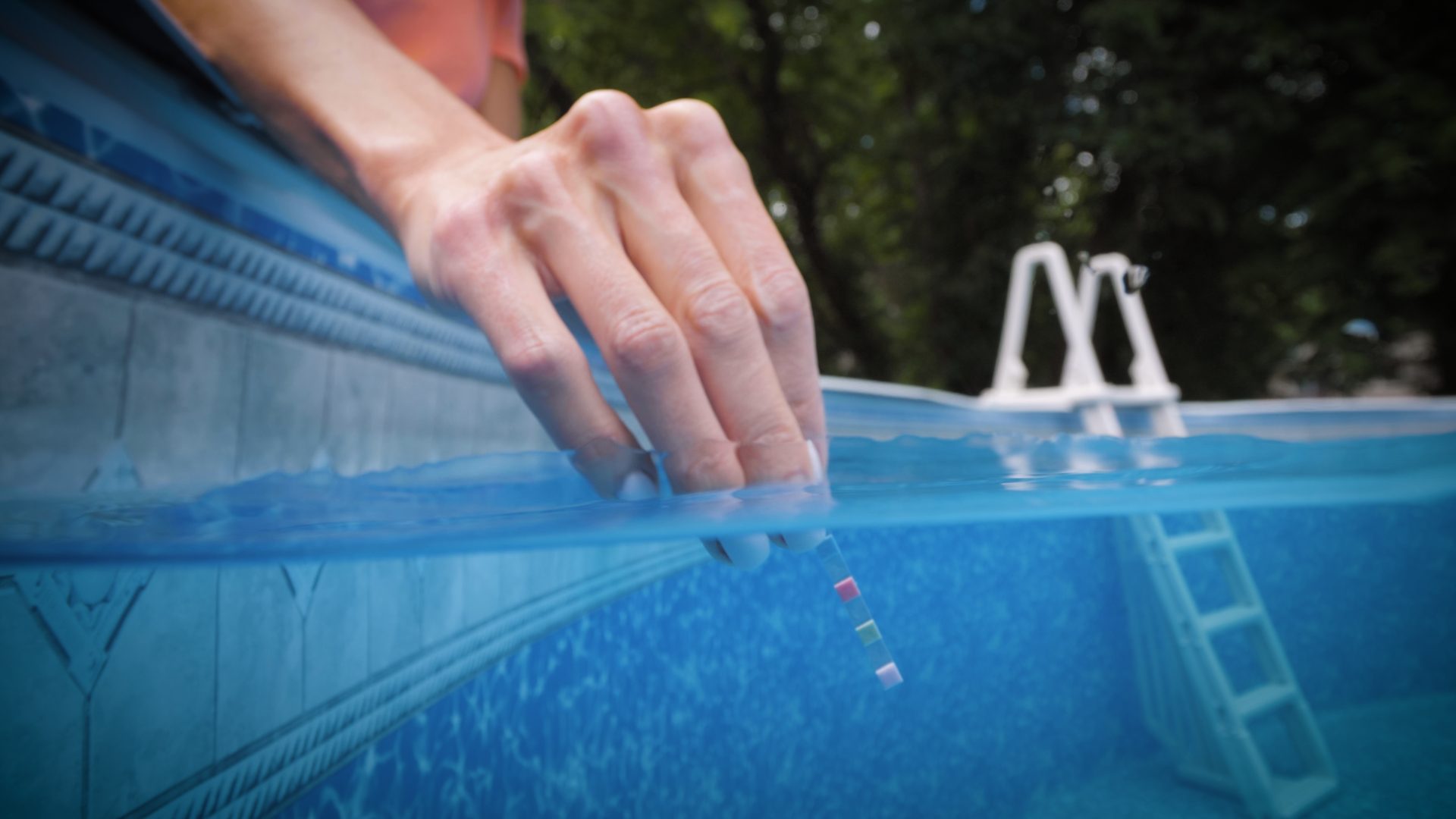
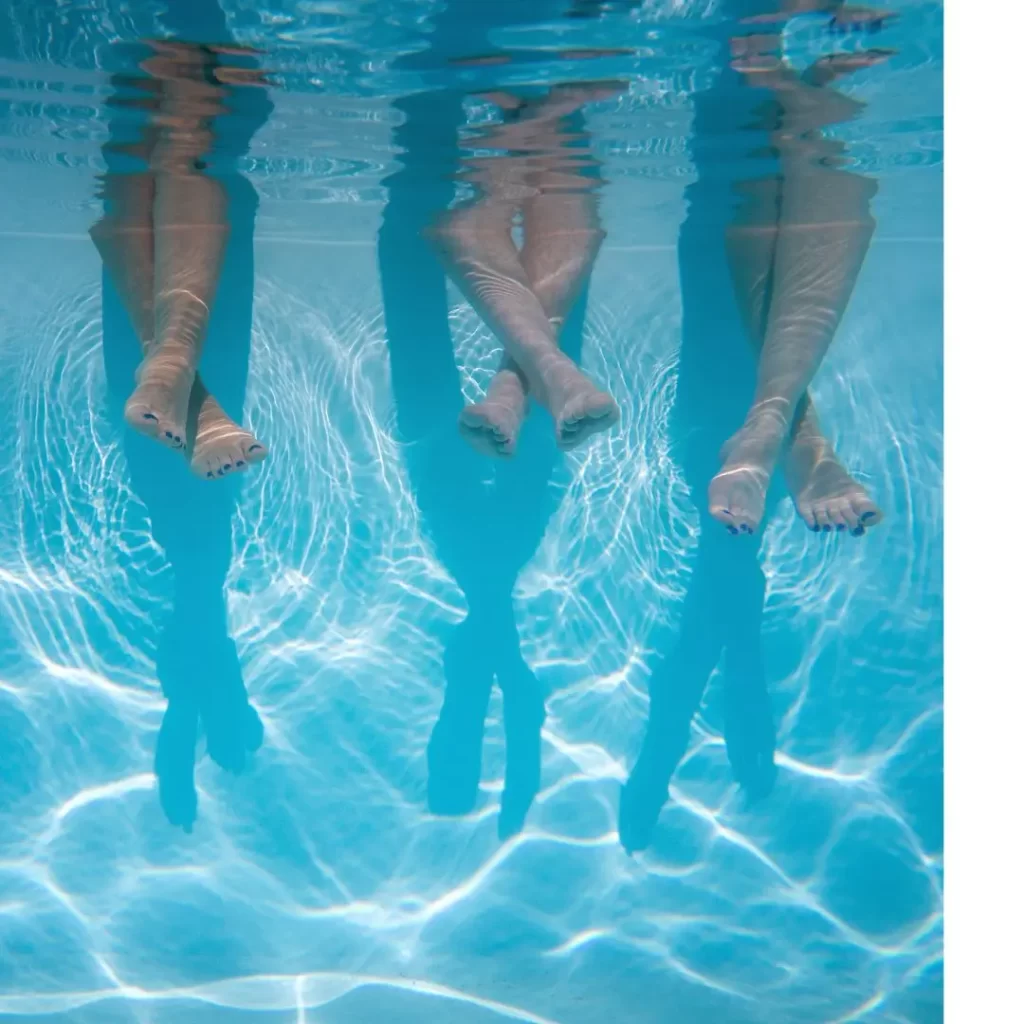
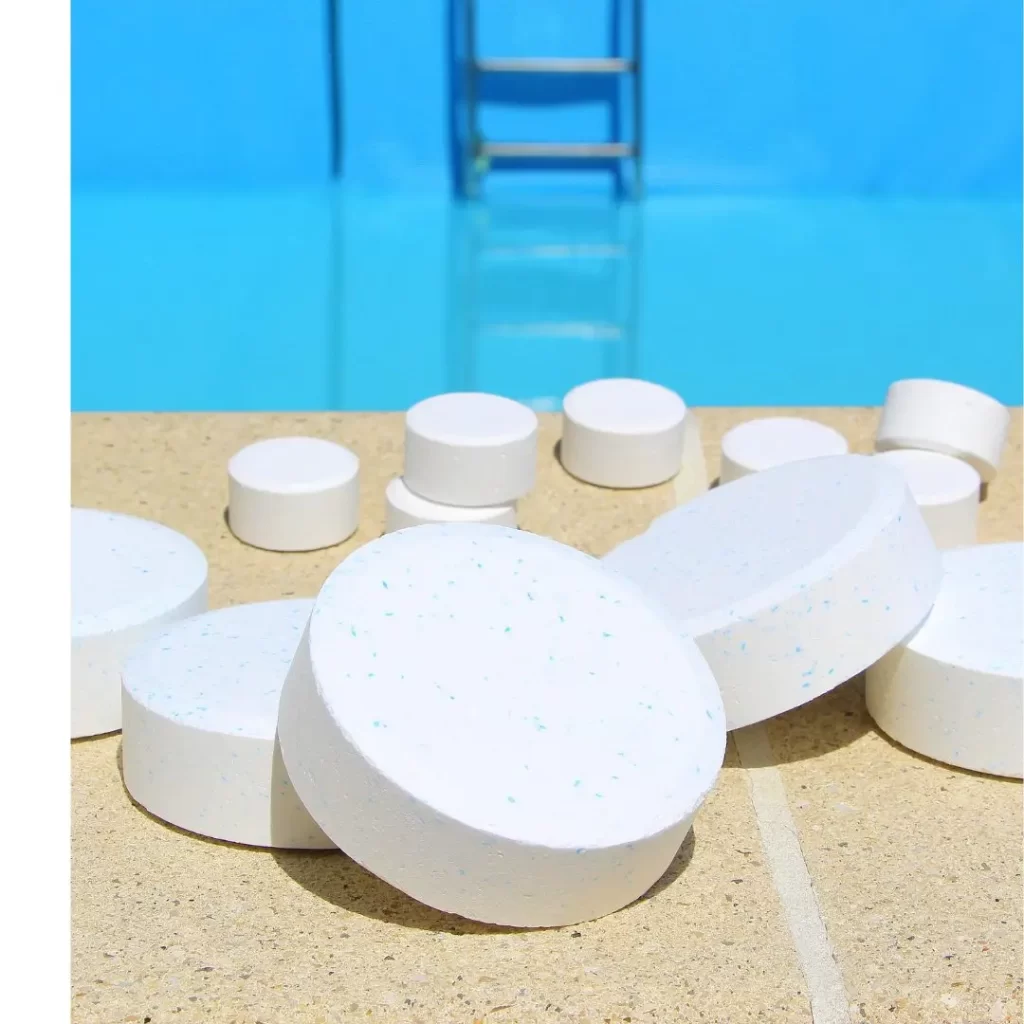

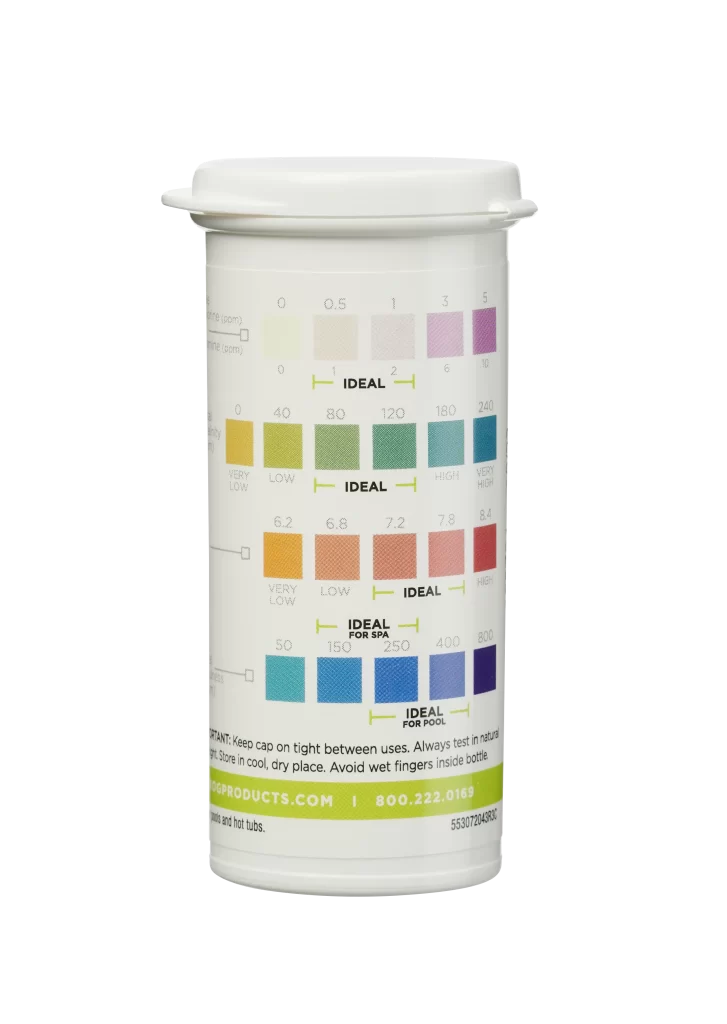
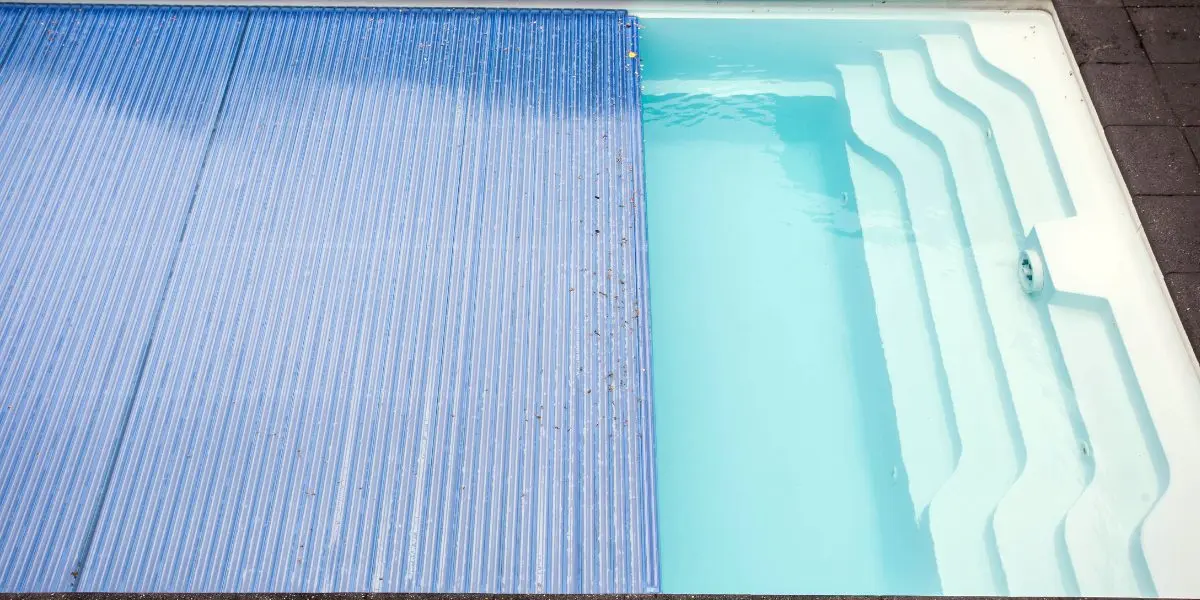
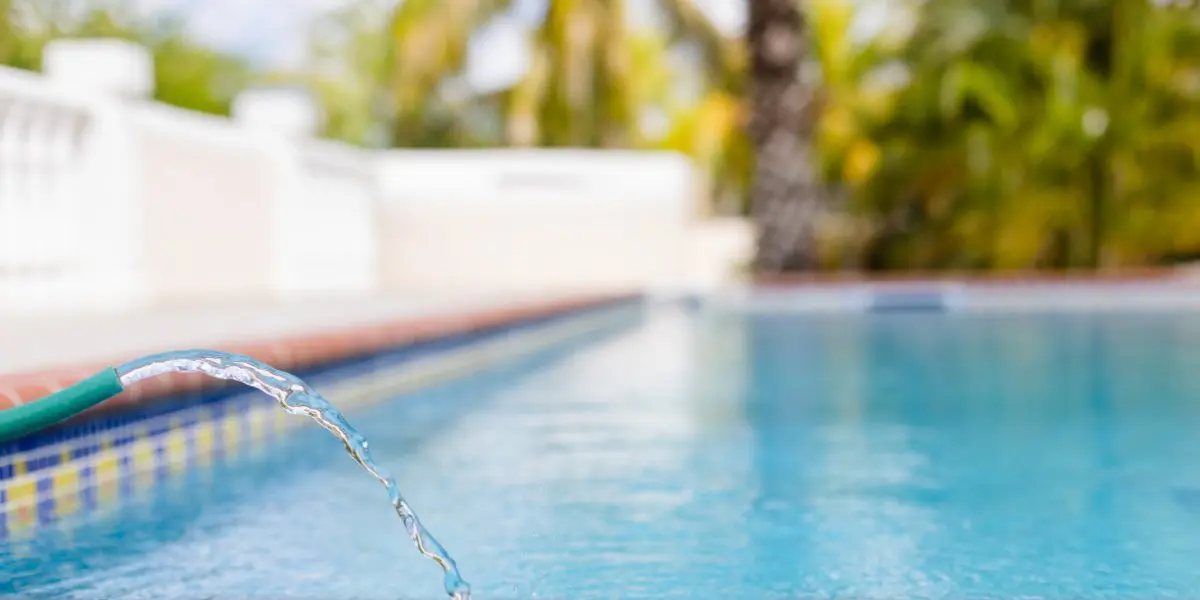
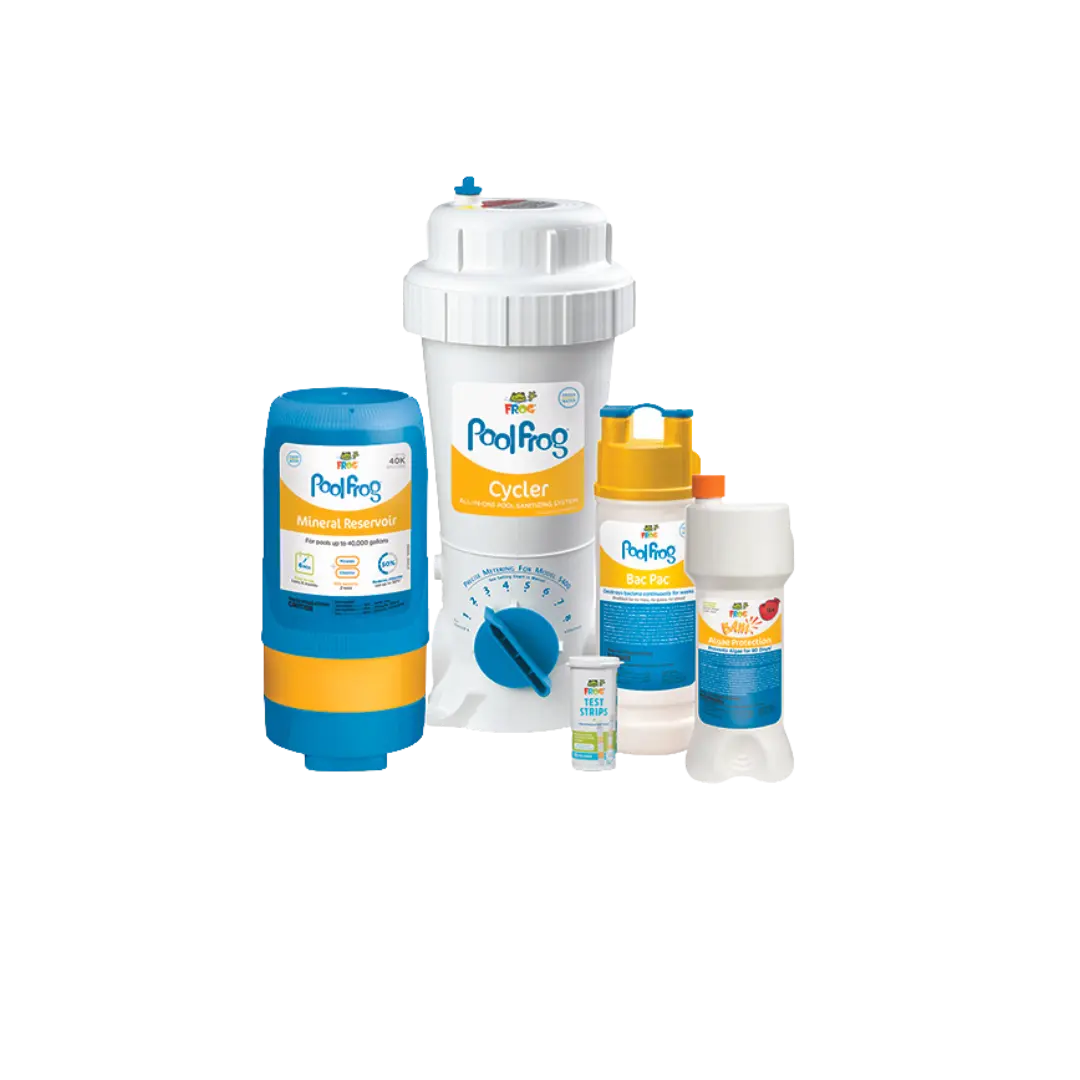
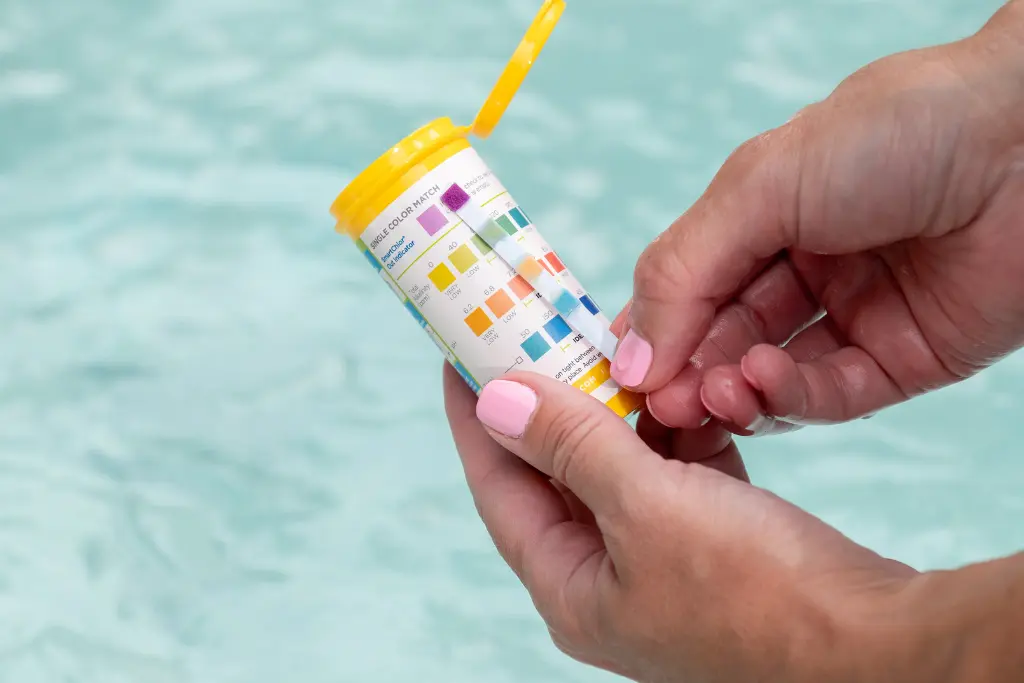
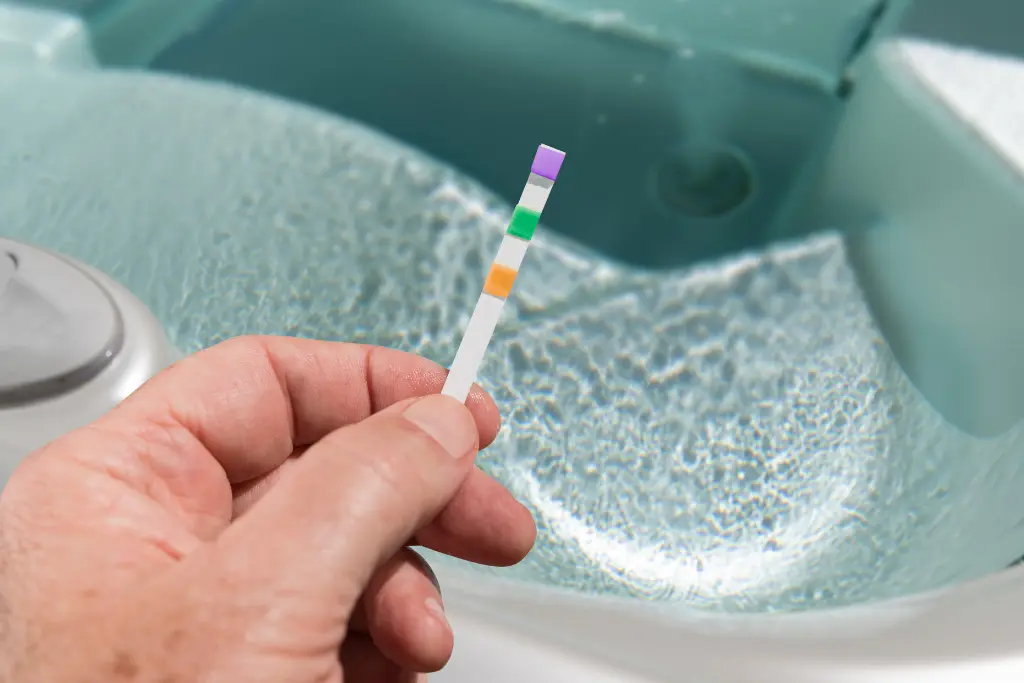
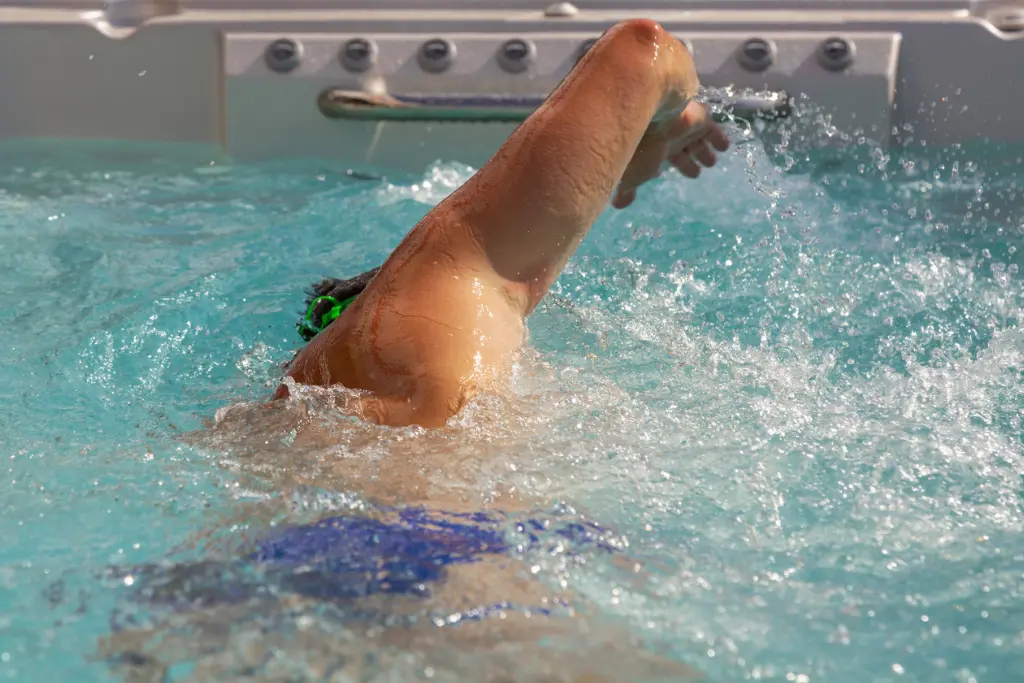
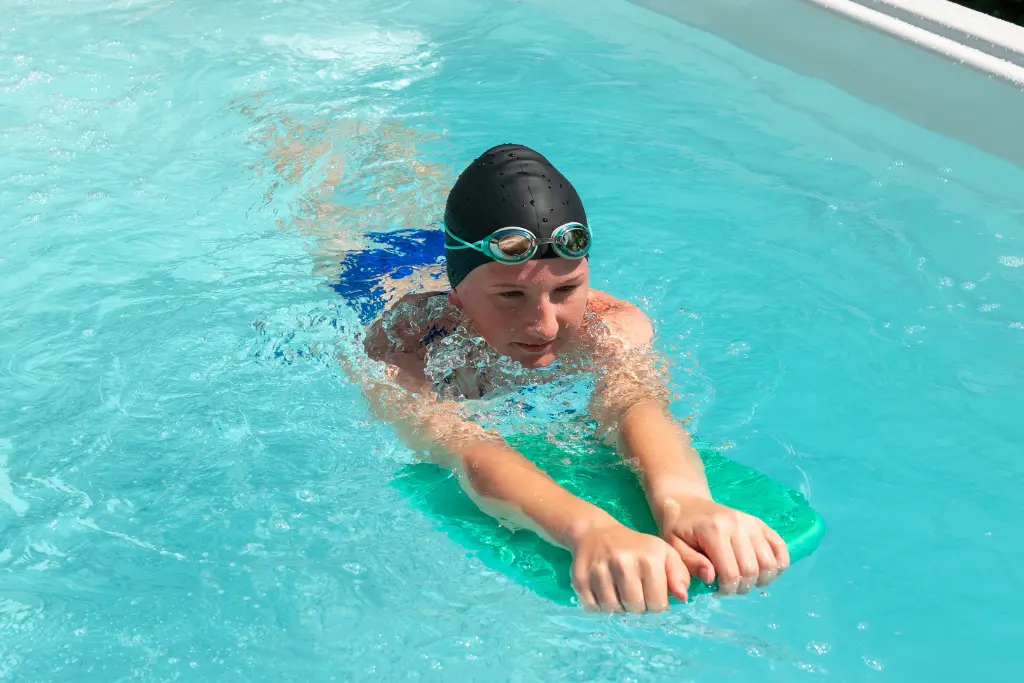
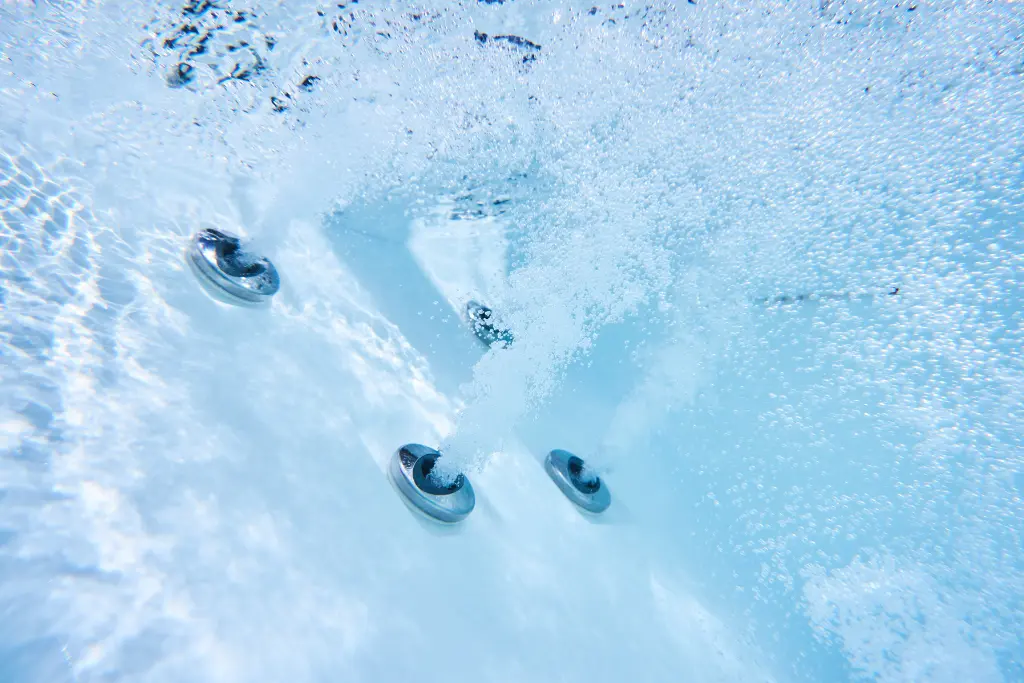
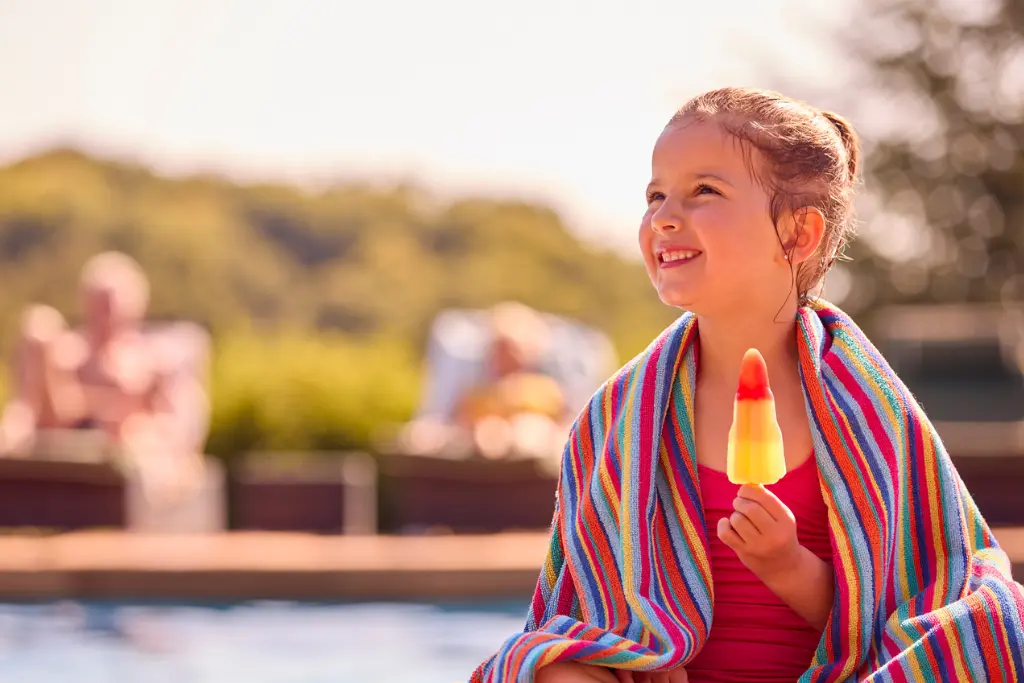
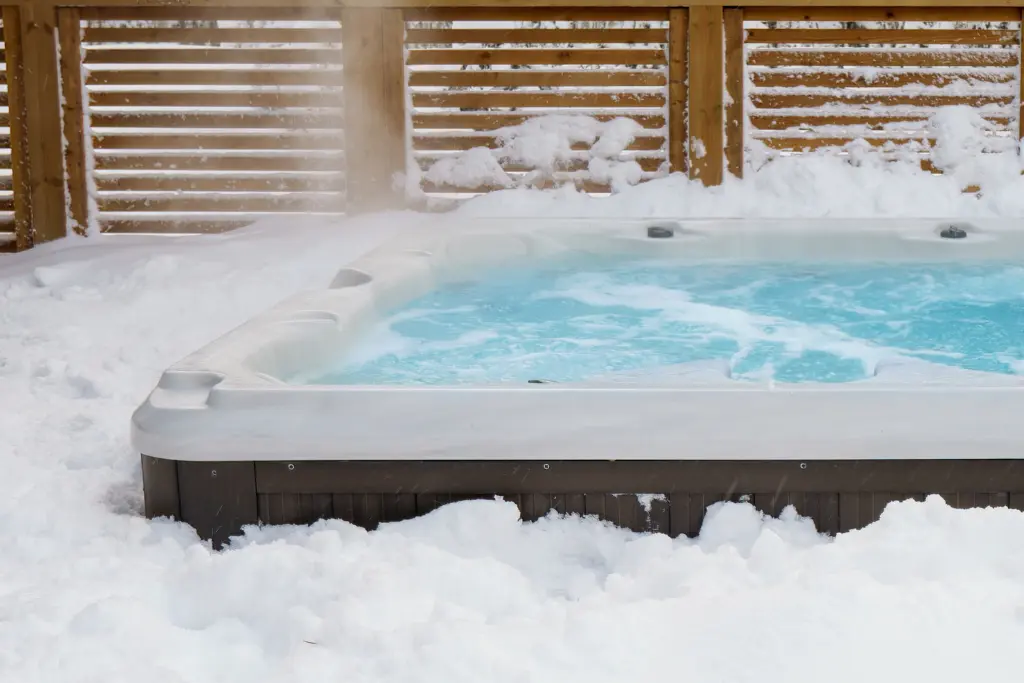
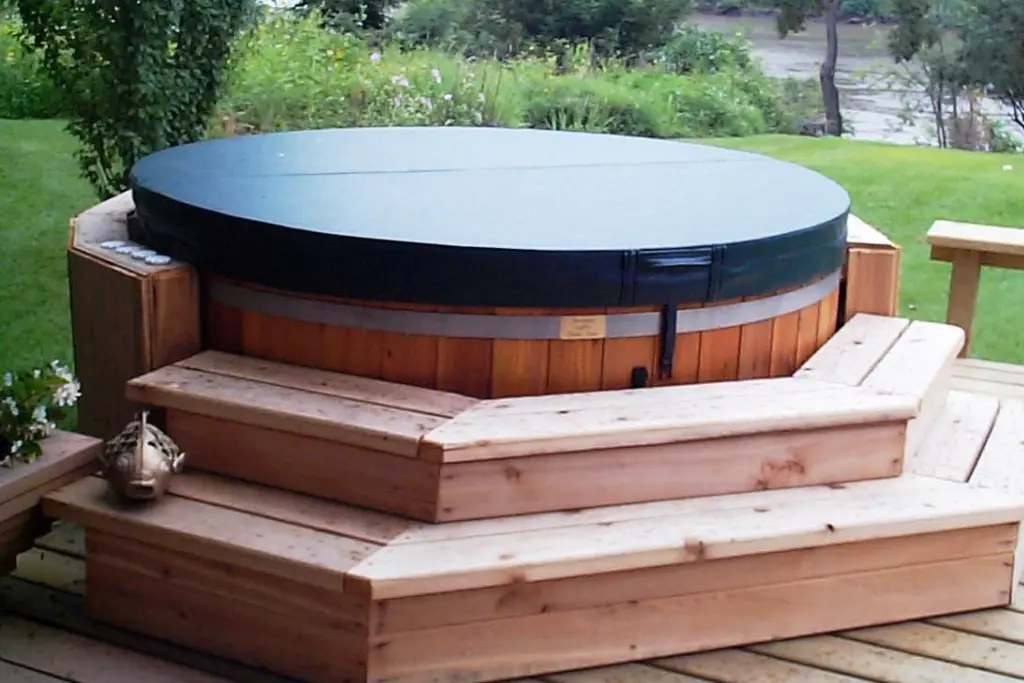
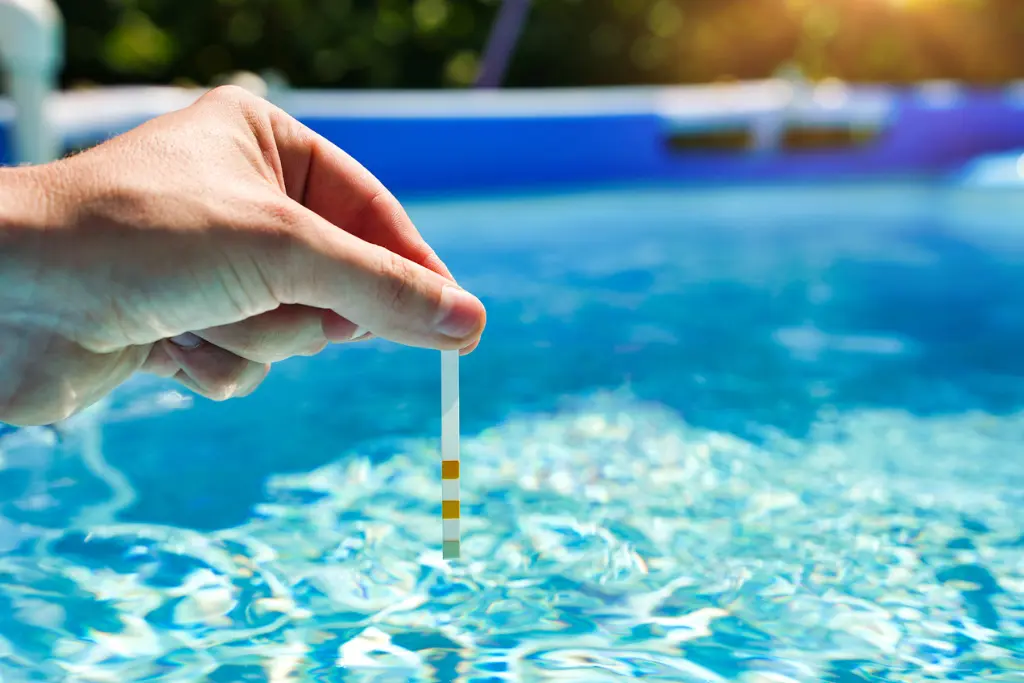
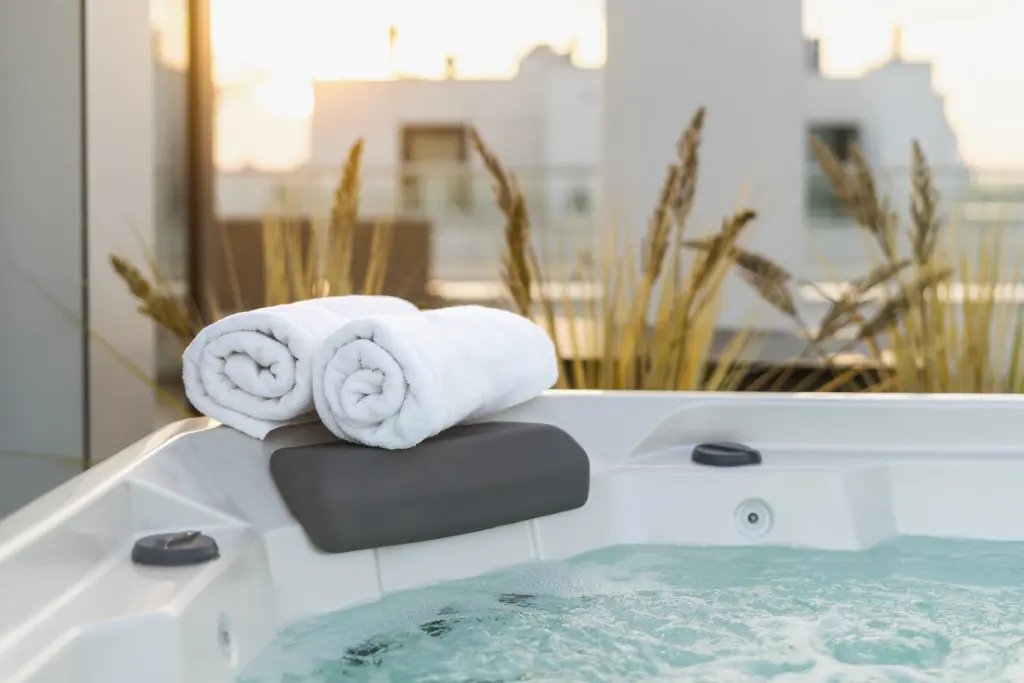
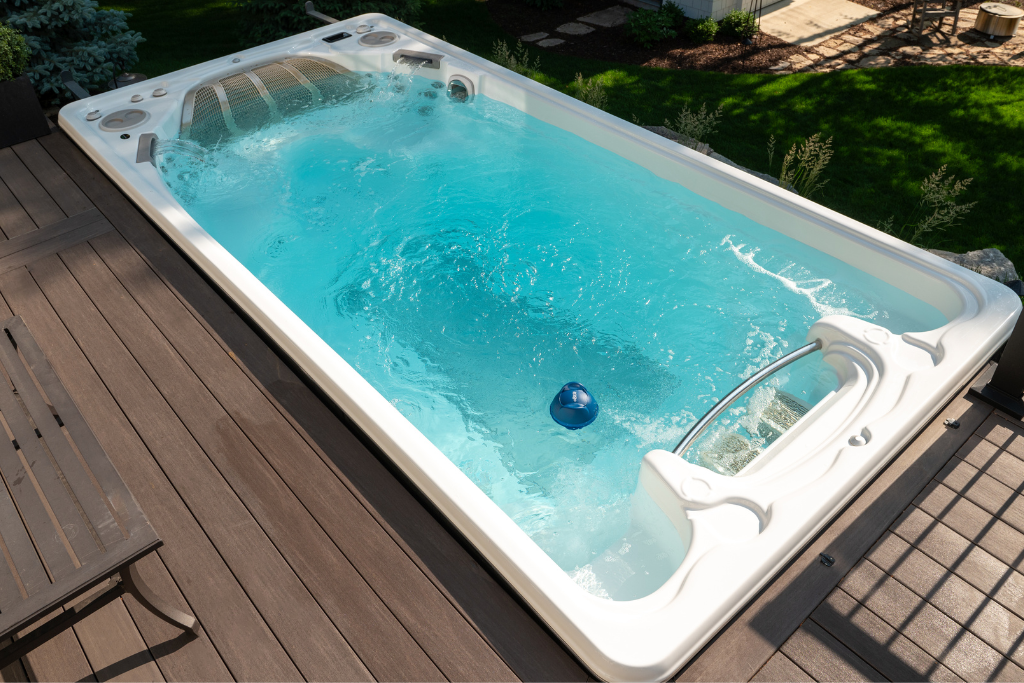
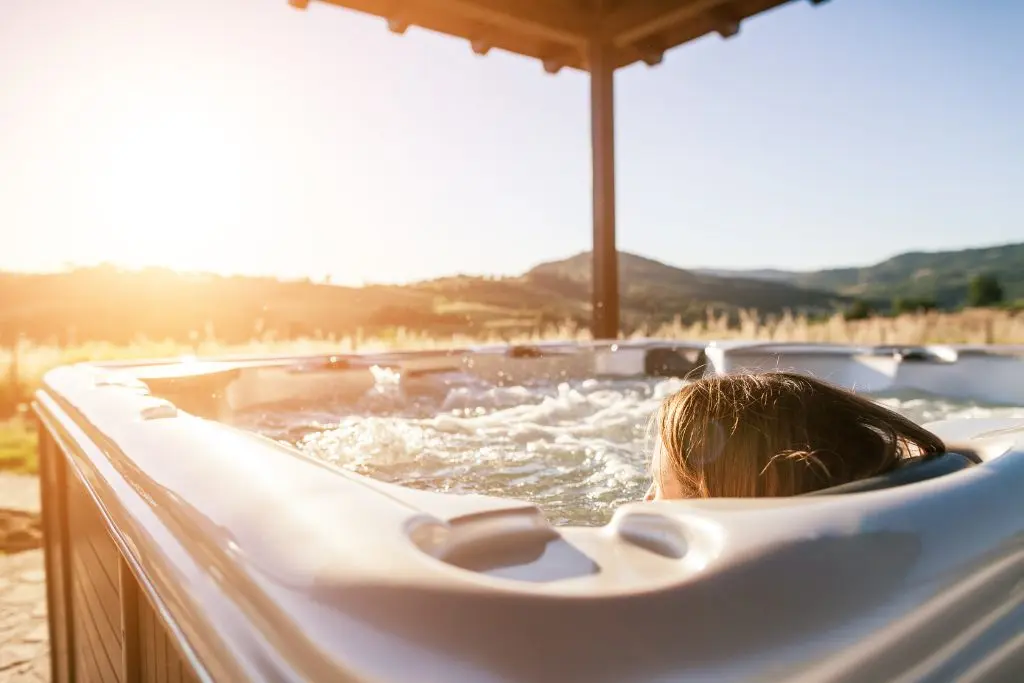
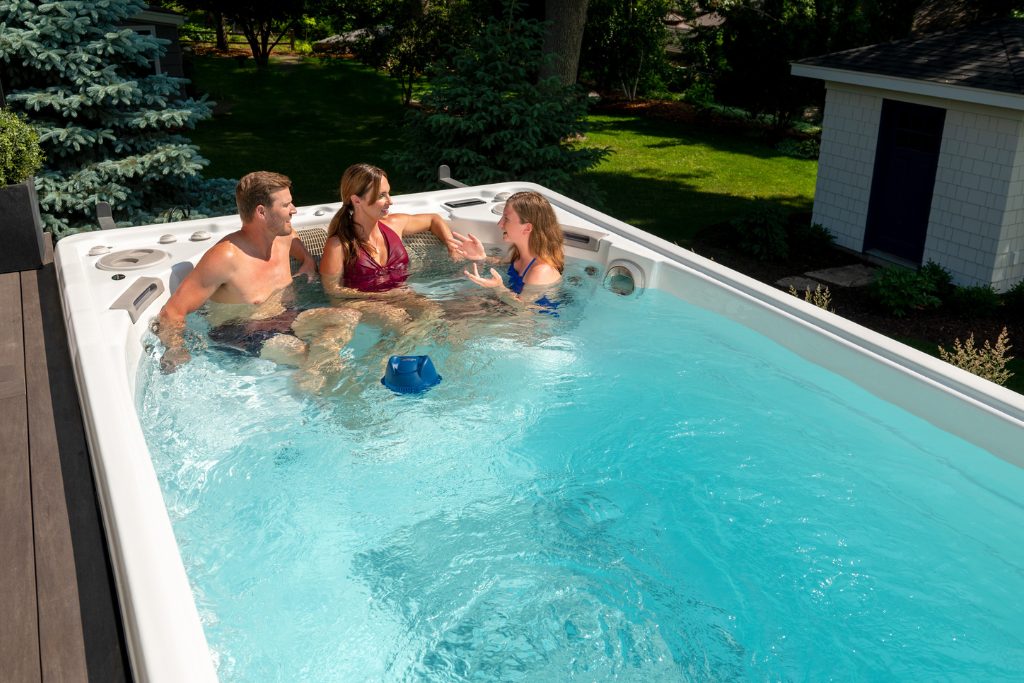
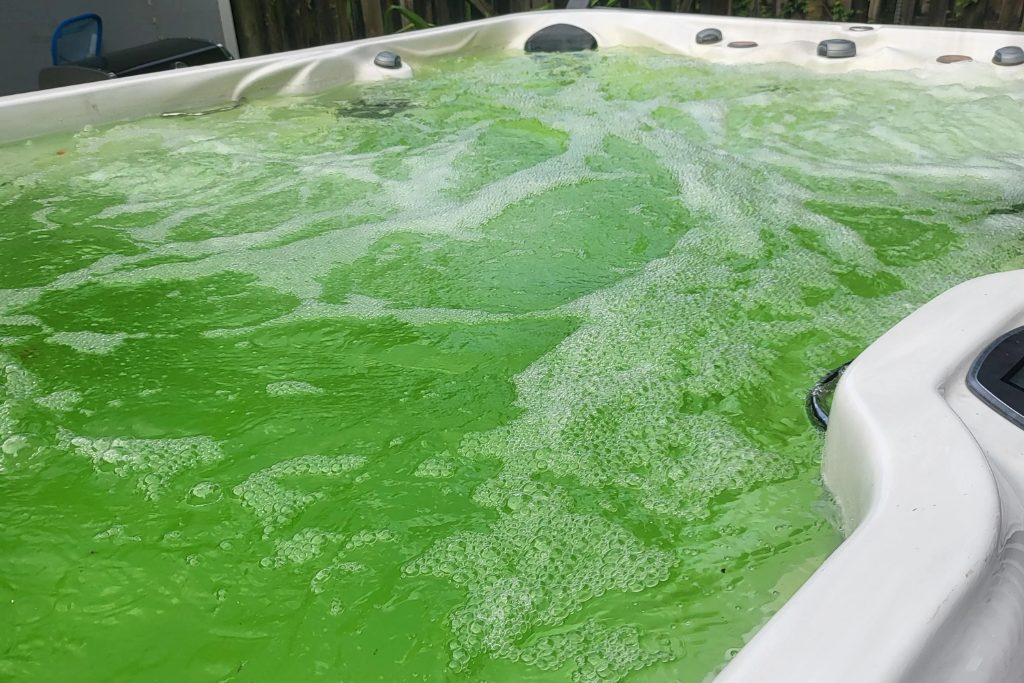
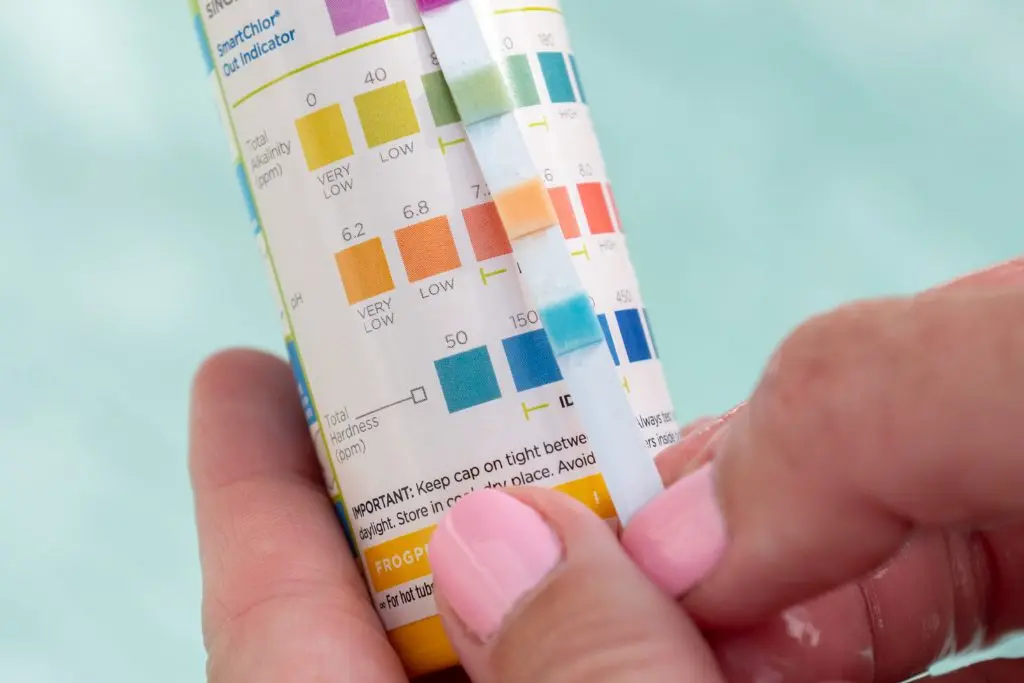
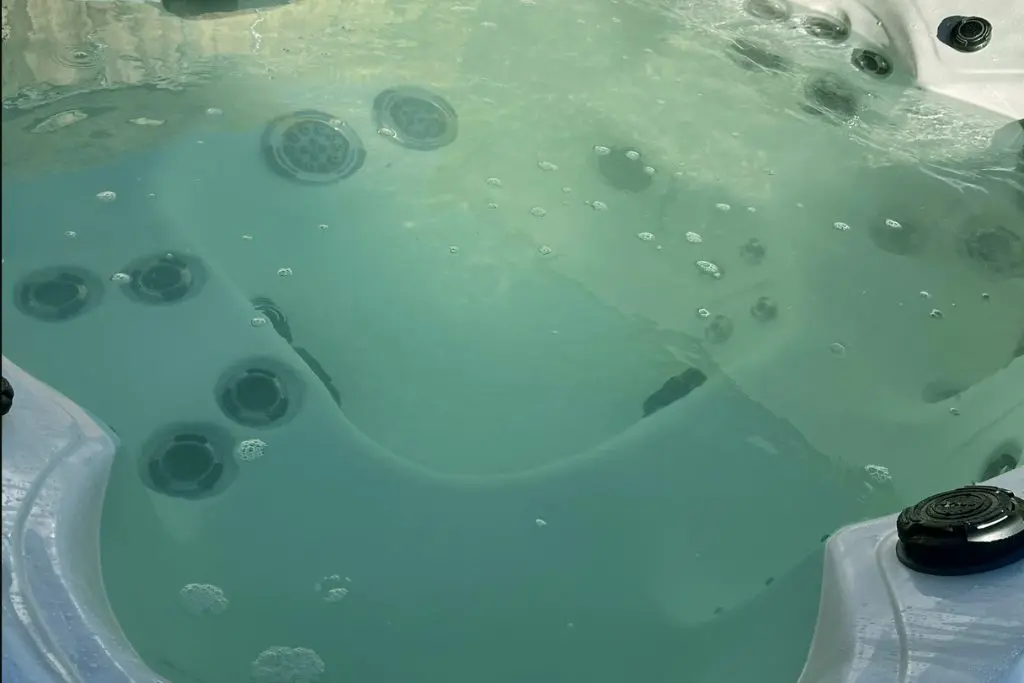

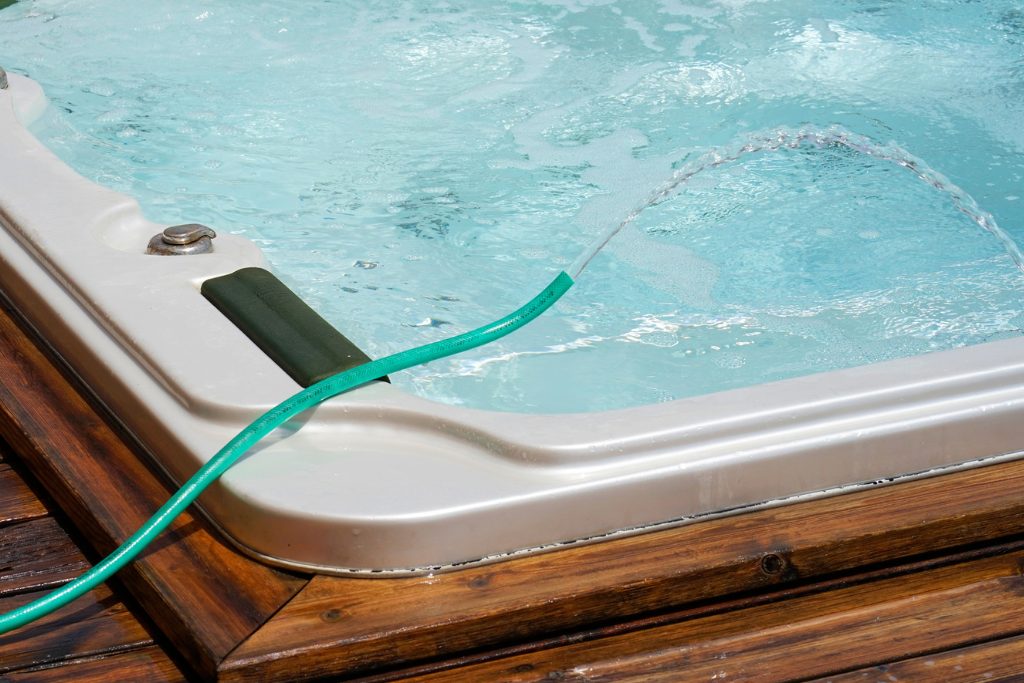
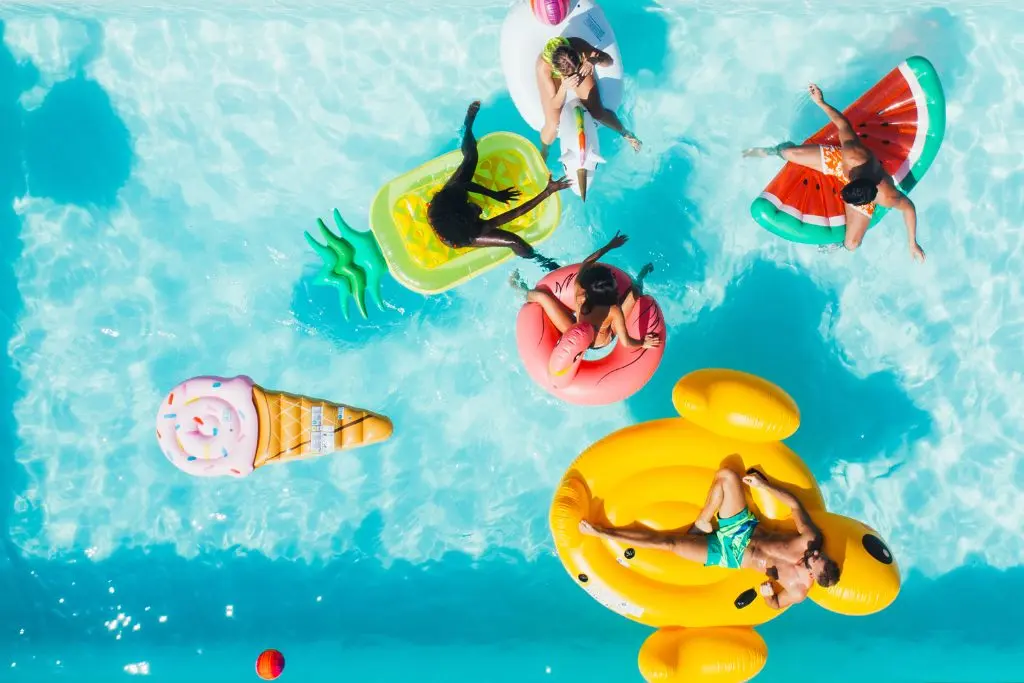
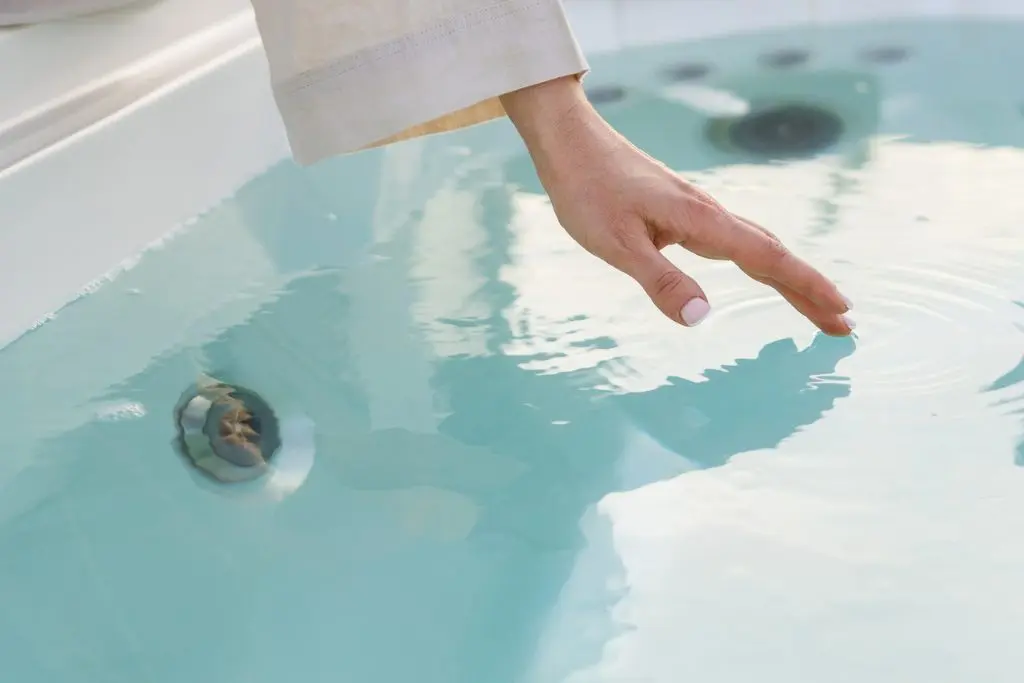
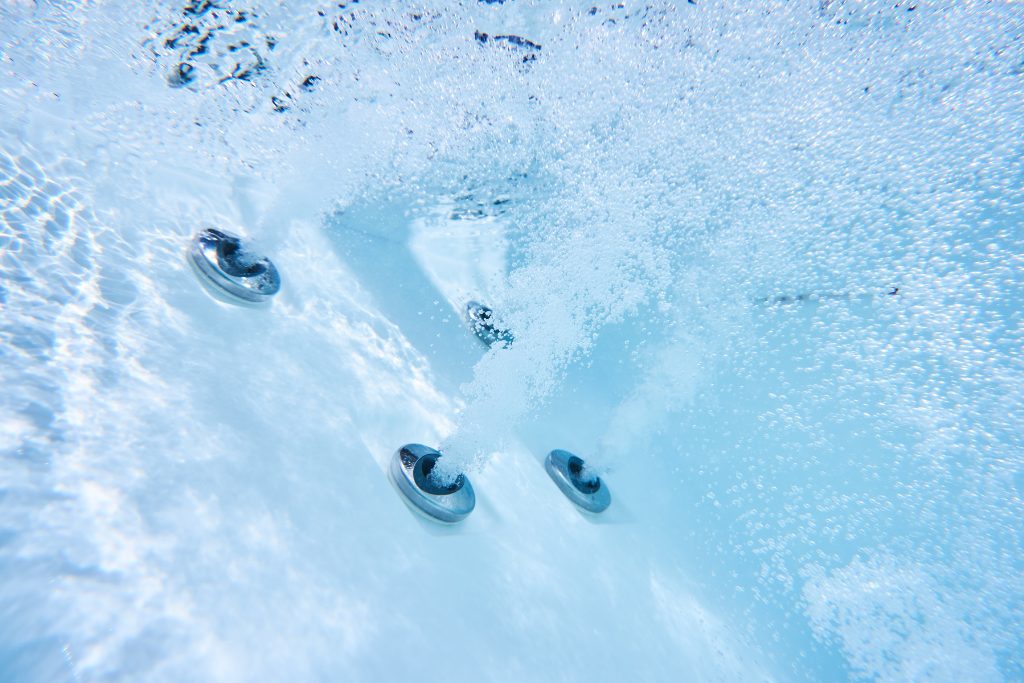
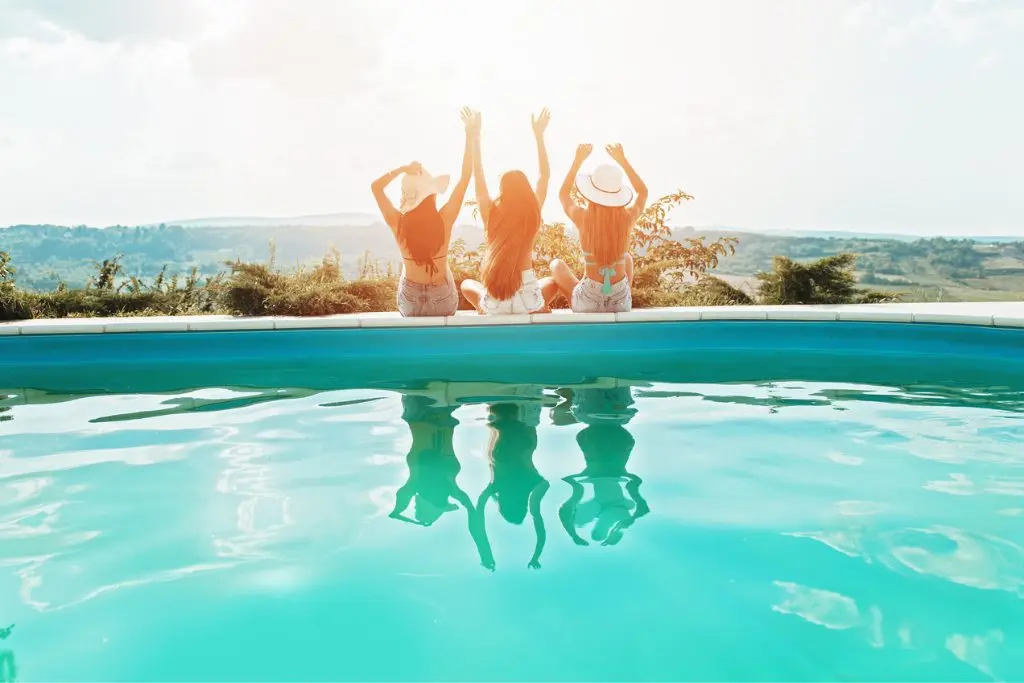
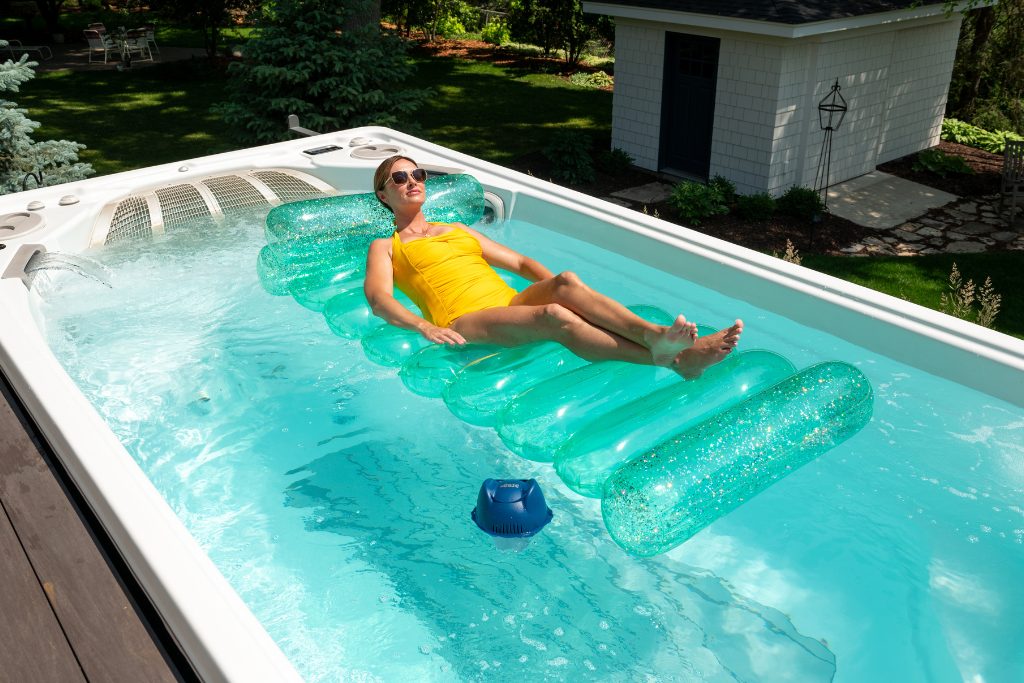
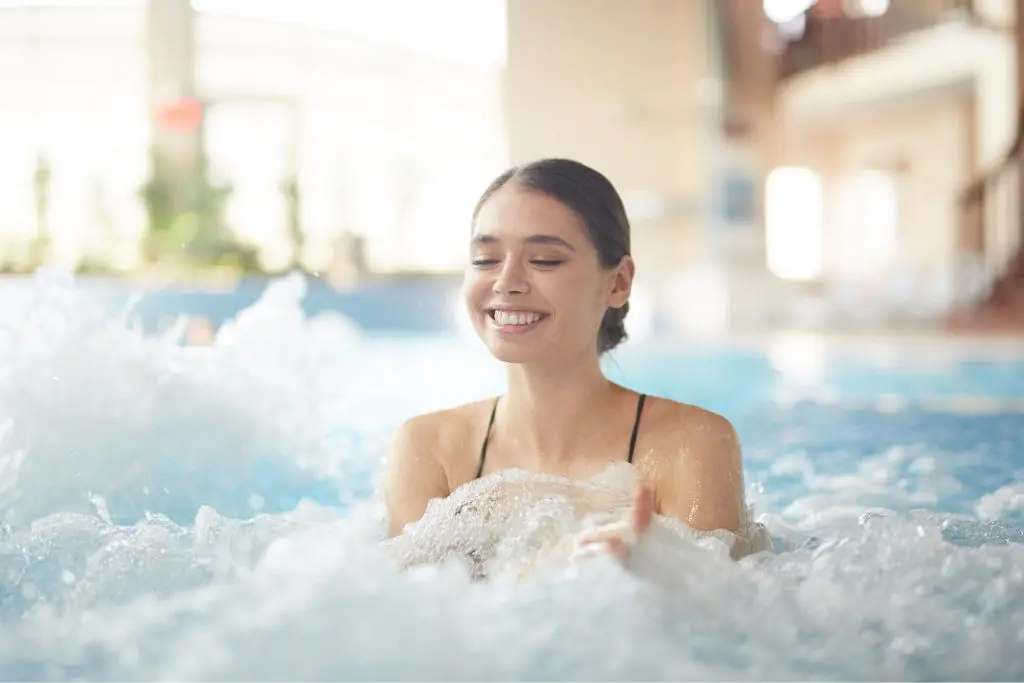
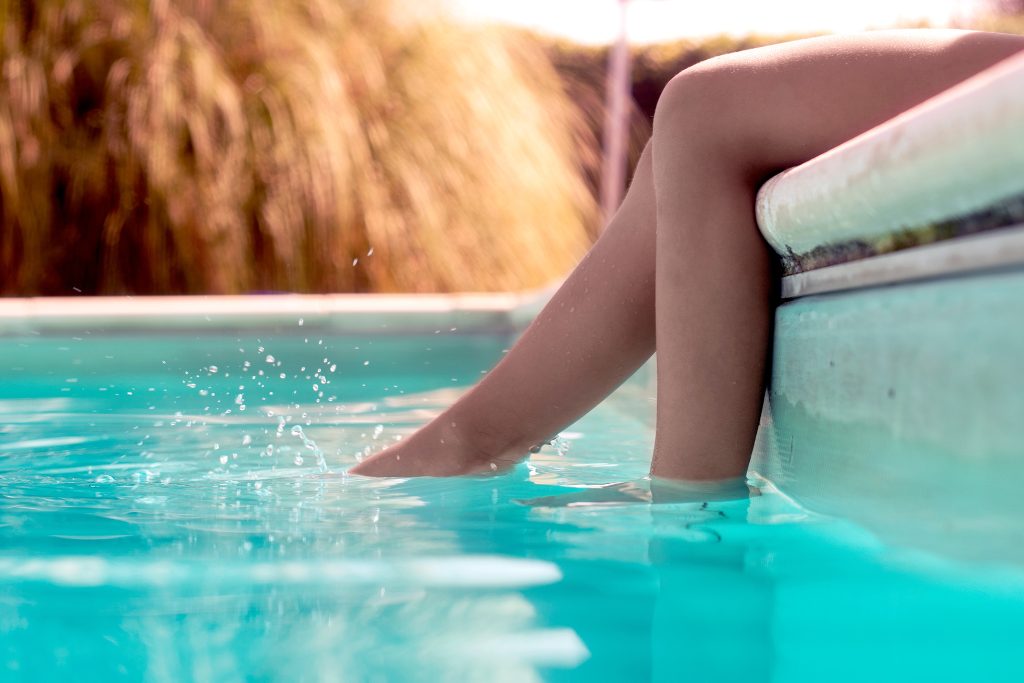
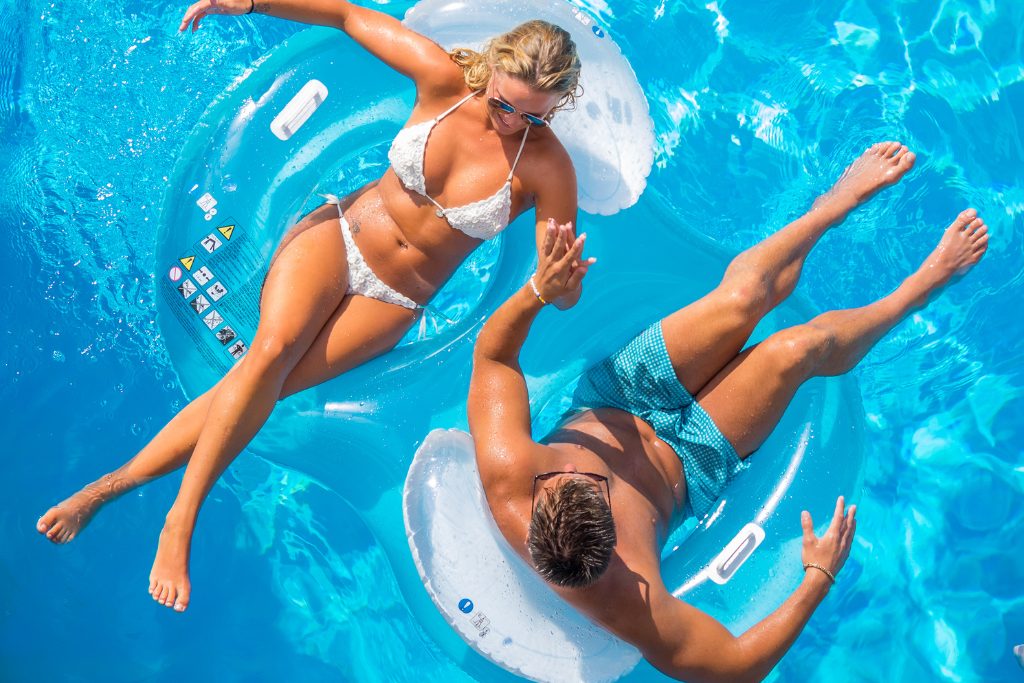
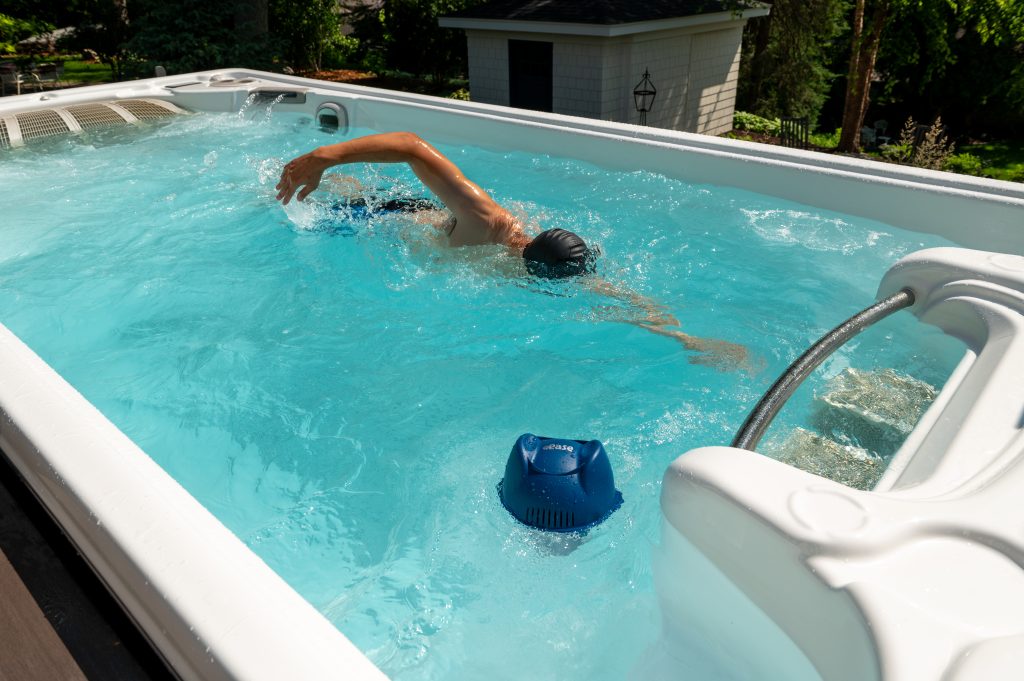
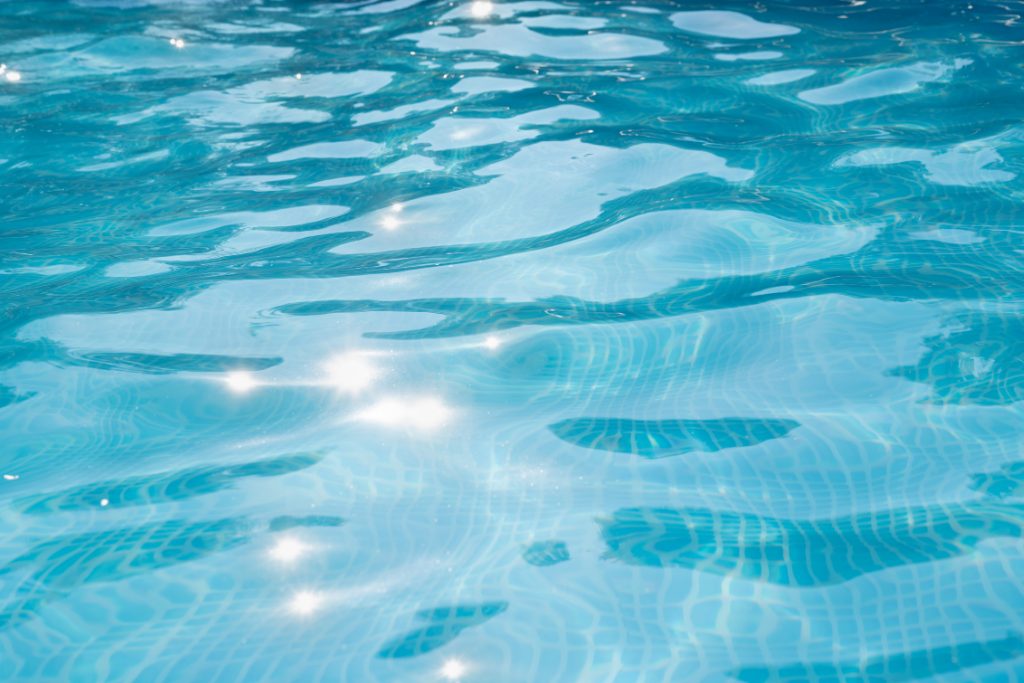
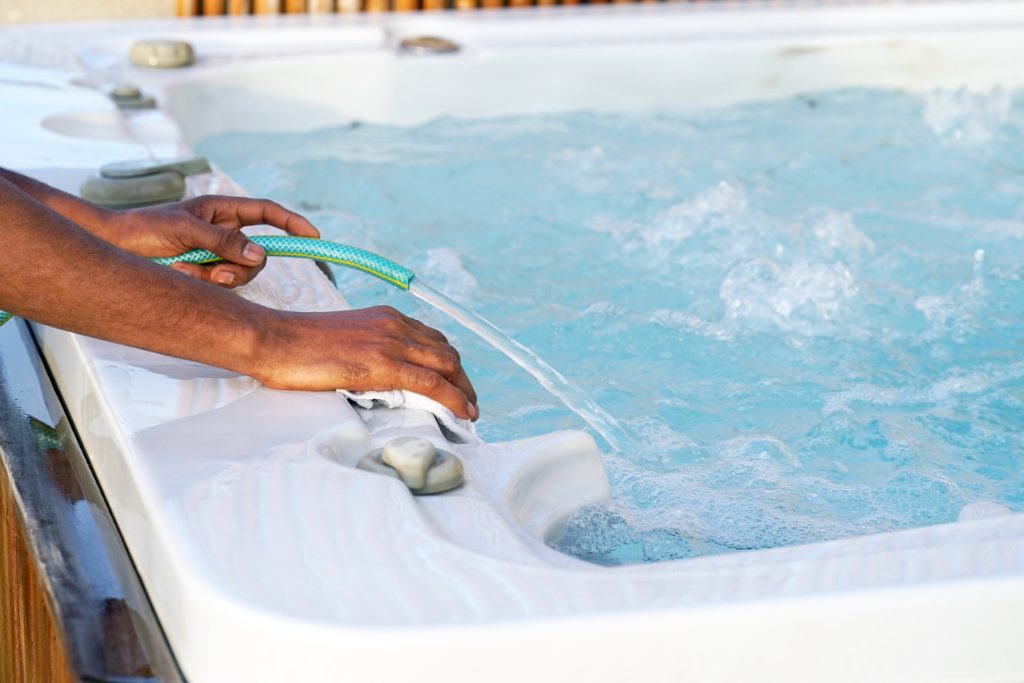
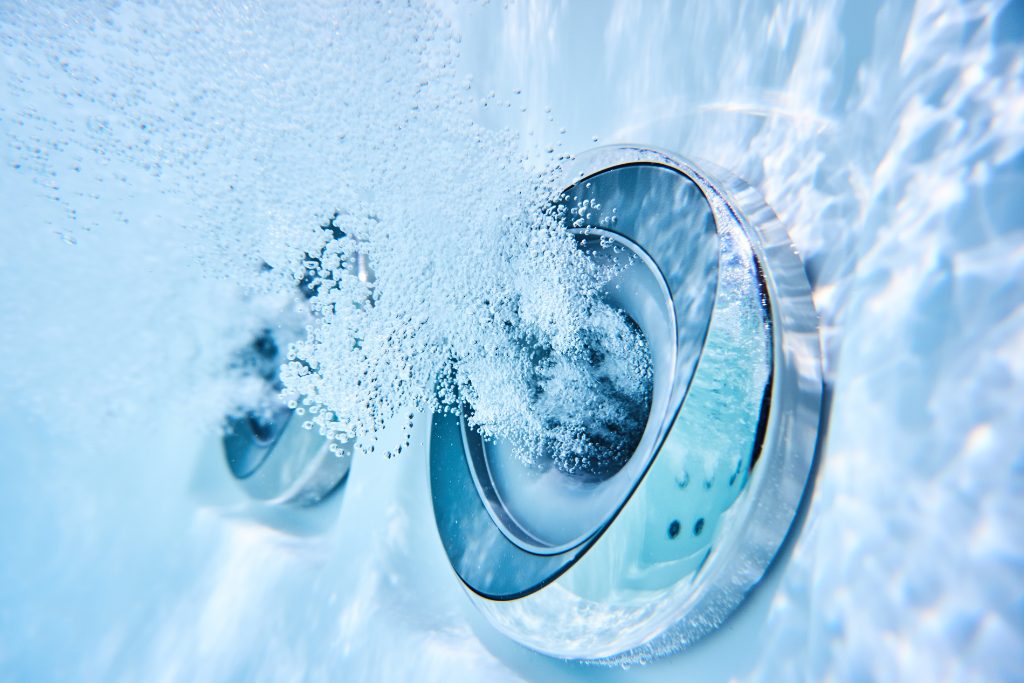
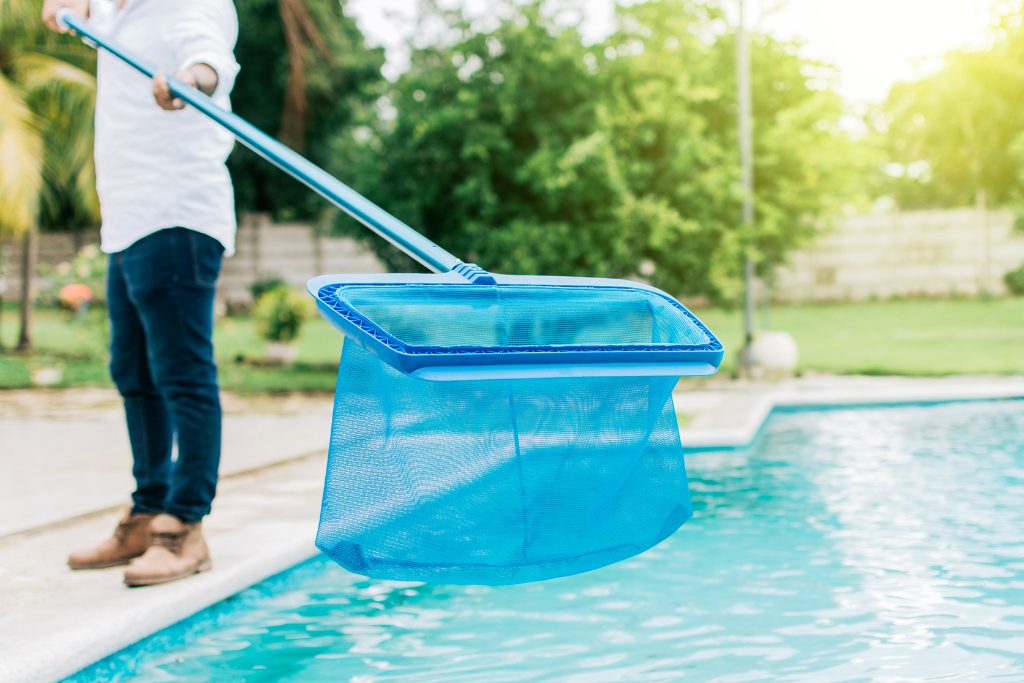
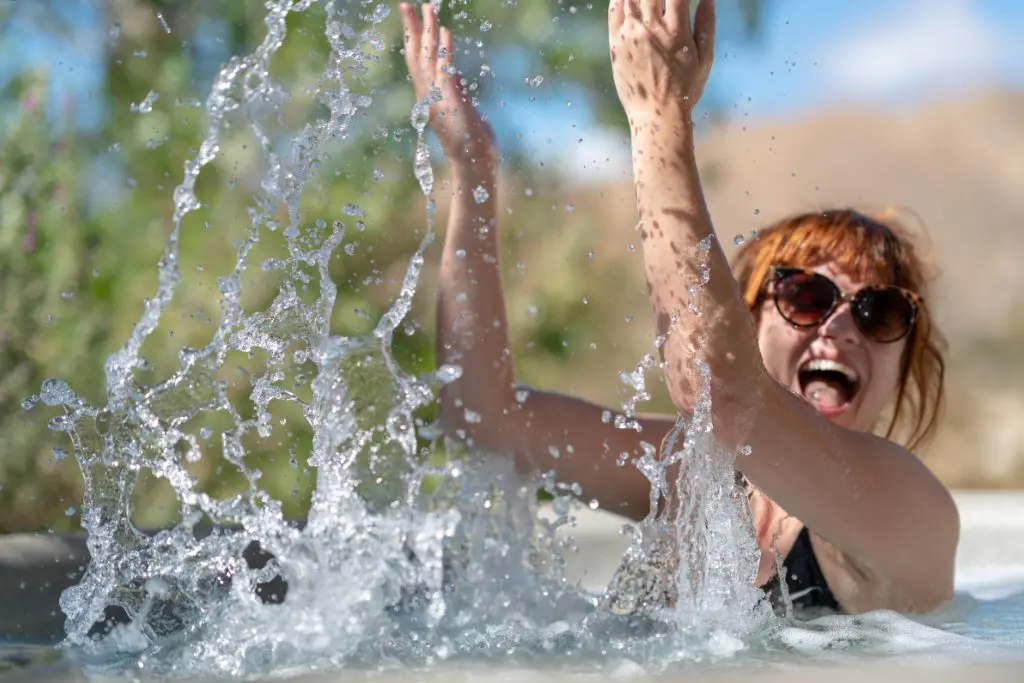
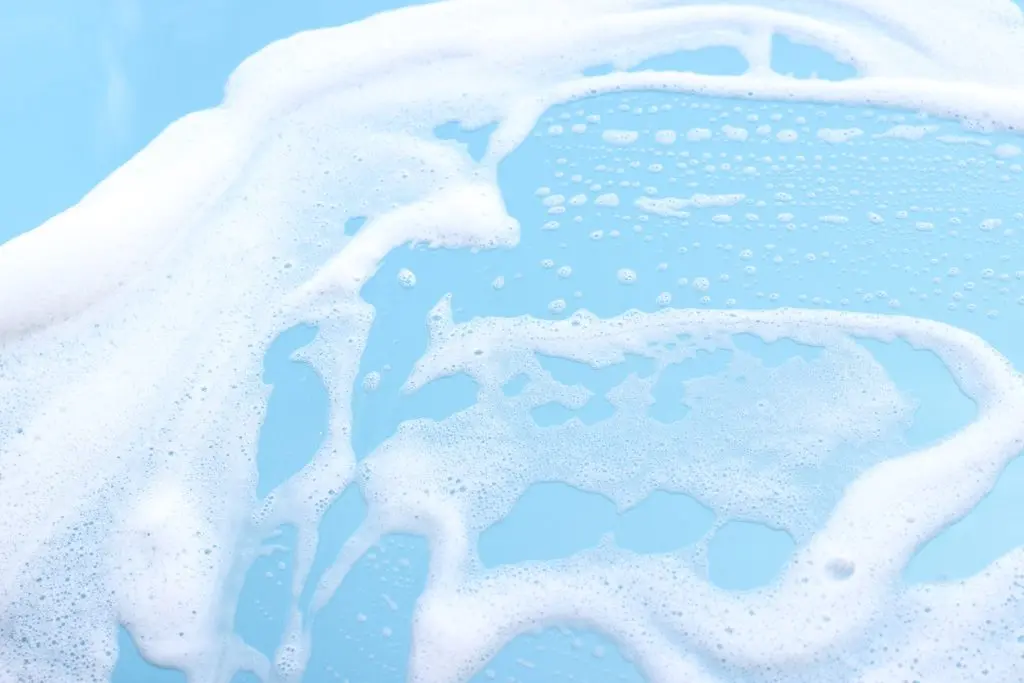

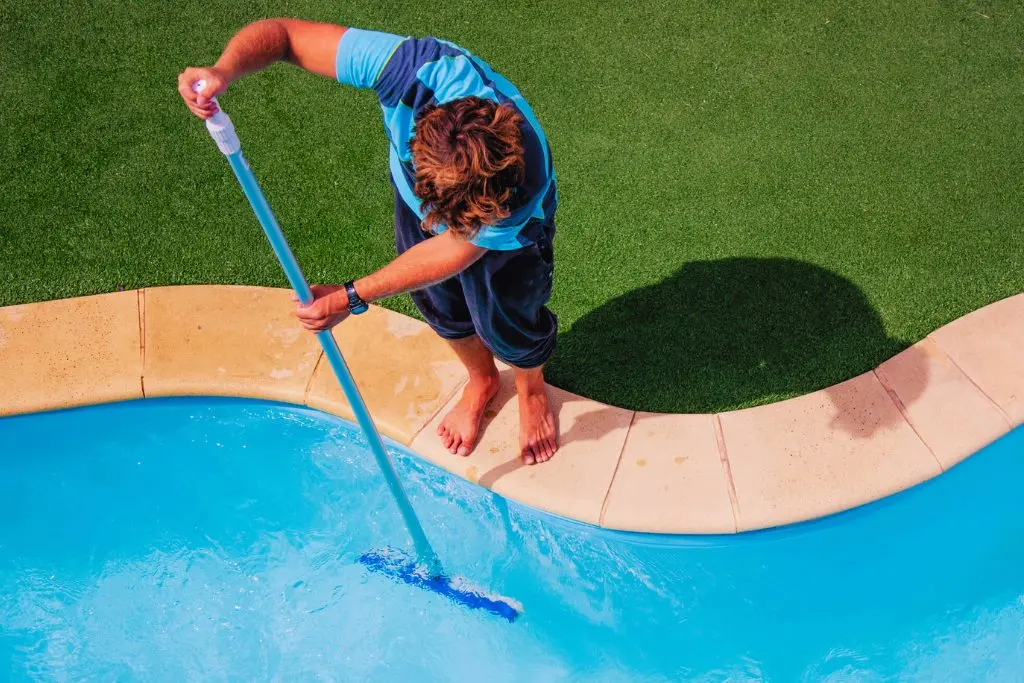
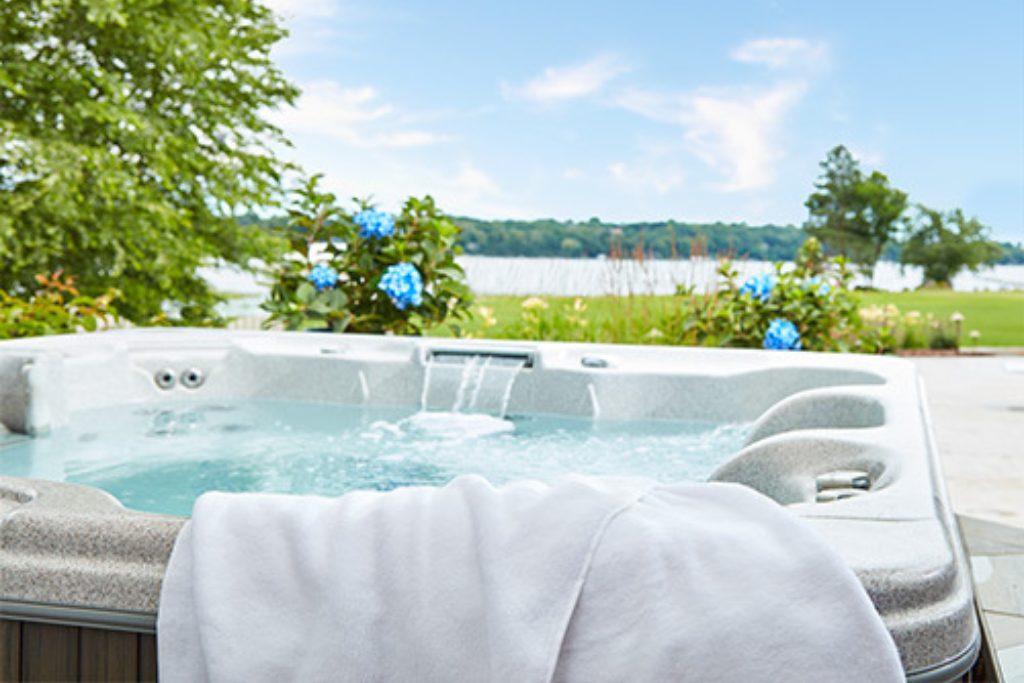

Join the Conversation
JoAnne Turner - December 17, 2024
I have used the free Frog Ap for 4 years and liked it. Now I have to purchase an Ap to use the Frog to test. Why? I’m disappointed to have to pay to test my spa water.